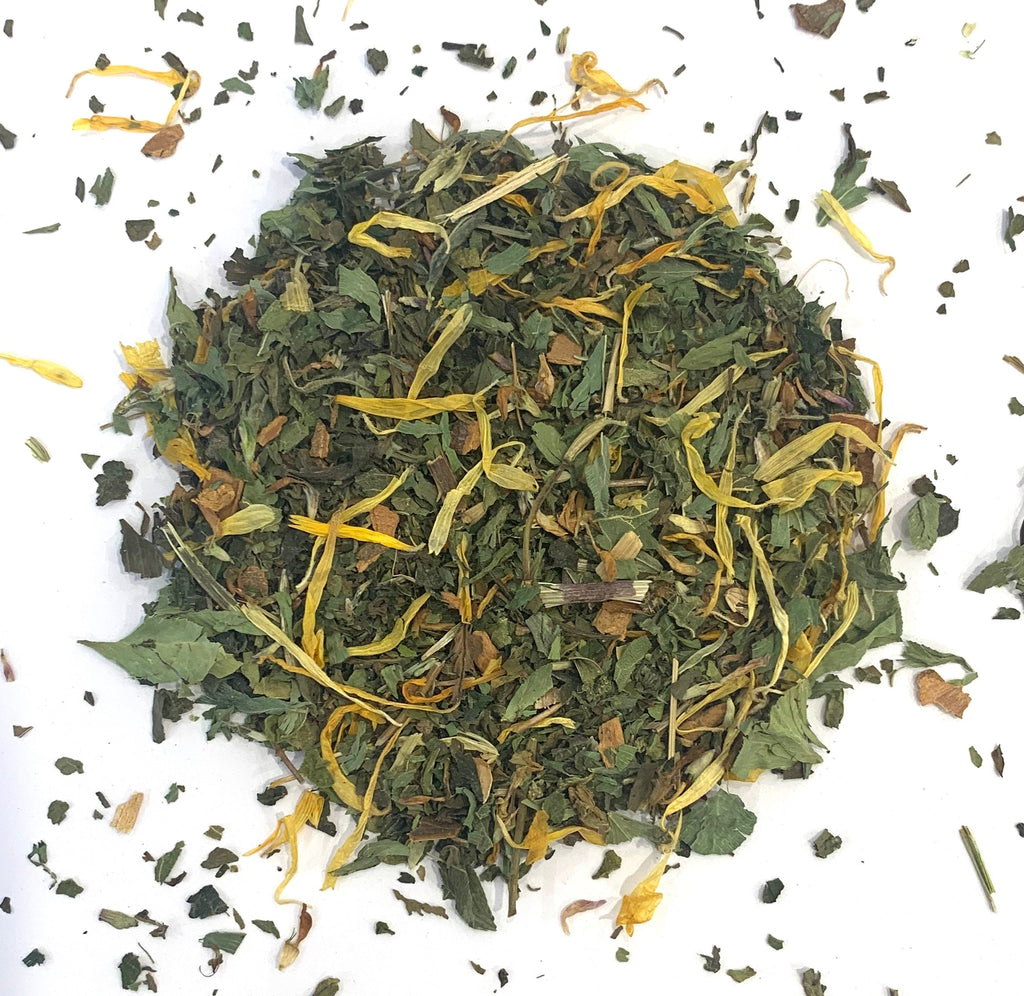From Leaf to Cup: The Journey of Wholesale Tea in Australia

Tea, in many ways, is simple — leaves steeped in hot water. But behind that simplicity lies a complex network of cultivation, processing, transport, and distribution, particularly when we examine how wholesale tea makes its way to cafés and customer orders in Australia.
In this article, we follow the long journey from farm to cup, focusing on how wholesale tea functions within the Australian context.
Cultivation and Harvesting
The journey begins in the fields, often in regions of Australia suited to tea growth. Northern New South Wales and parts of Victoria are among the places where conditions best suit tea cultivation. You need well-draining acidic soil, mild winters, and plenty of rainfall.
In many tea-growing operations, tea leaves are still hand-picked, especially for premium grades, to ensure the youngest and freshest shoots are selected and no leaves are broken.
On larger farms that do scaled operations, this is followed by mechanical harvesting. The timing of harvest is critical; leaves picked too early or too late may lack the desired flavour profile and lead to a disappointing cup at the end of the process.
Processing: From Leaf to Dried Product
Once harvested, the leaves move through a series of processing stages. These steps differ depending on the type of tea, but in general, the process follows these steps:
- Resting: The leaves are left in a warm place, losing moisture and slackening so that enzymes responsible for good taste are released.
- Rolling or Shaping: Leaves are rolled or twisted to break cell walls, releasing aromatic oils that contribute to flavour.
- Oxidation: For black and oolong teas, exposure to air triggers oxidation changes for a richer colour, aroma, and taste.
- Drying: Any remaining moisture is removed to stop further chemical changes. At this point, the tea is more shelf-stable and ready for packing.
Throughout processing, quality control measures are undertaken to ensure a consistent, safe end product.
Blending, Grading and Packaging
Once the tea leaves have been processed, wholesale suppliers often choose to blend different batches or origins to create consistent flavour profiles. This is especially important for commercial blends like English Breakfast or Earl Grey, where customers expect the same taste in every cup.
Next up is grading, where leaves are sorted by size, appearance, and quality. Higher grade teas have full leaves, so broken leaves tend to be removed for lower grade batches.
It’s then time for packaging — foil liners, tea bags, cardboard boxes — it’s all involved! Many wholesale suppliers in Australia also provide private-label or white-label packaging options for retailers.
Sustainable packaging is increasingly important. Brands are adopting biodegradable materials, compostable bags, or reduced plastic in response to consumer demand and environmental regulation.
Importing and Domestic Sourcing
Australia is not self-sufficient in tea production. Many wholesale tea companies import raw leaves or semi-processed leaves from traditional tea-growing regions like Sri Lanka, India, China, or Kenya, then process, blend, pack, and distribute within Australia.
Local Australian tea farms are used regularly for specialty teas and botanicals, especially in herbal blends using native plants.
Wholesale Operations and Distribution
At the wholesale level, companies maintain bulk stock and manage logistics. They serve cafés, restaurants, specialty retailers, hotels, and wellness venues.
Wholesale providers often offer services beyond just supply — menu consultation, staff training in tea service, custom blending, and support with branding or private labels.
Minimum order quantities (MOQs), payment terms, and delivery logistics are standard considerations. Some wholesalers require upfront payment for initial orders, then negotiate terms for repeat clients.
Distribution in Australia can be tricky, with large distances between production centres and population hubs. Efficient freight and warehousing are crucial to maintain freshness. Many wholesalers hold central warehouses in states such as Victoria or South Australia to manage national supply.
Retailers and Consumption
Once the wholesale orders reach retail and hospitality spaces, they may choose to display loose leaf in jars for aesthetic appeal or offer sealed packs for customers to take home.
The all-important final step is infusion — the consumer or staff steeping the tea at the correct temperature and time to deliver the intended flavour for the customer to enjoy.
Quality at this stage still depends on supply chain integrity: freshness, packaging, storage conditions, and staff knowledge all affect the final cup.
Trends and Challenges
These trends are shaping the wholesale tea landscape in Australia:
- Rising Demand for Specialty and Premium Teas: Consumers are more willing to pay for high-quality teas, especially if they bring health benefits too.
- Sustainability and Ethical Sourcing: Pressure is growing for transparency, fair trade practices, and eco-friendly packaging.
- Local Ingredients and Australian Branding: Unique local botanicals help differentiate blends in a crowded market.
These points are difficulties to overcome in the wholesale tea market:
- Logistics and Freshness: Maintaining freshness over long distances remains a logistical hurdle, especially for those without multiple warehouses.
- Margin Pressures: The balance between quality, cost, and volume is tricky. Some established Australian tea producers have responded by expanding herbal wellness lines as traditional black tea consumption declines.
If this has sparked your interest in wholesale tea and you think it would be a good fit for your business, sign up for a wholesale account with Teavision here to access our best prices and start offering quality teas.
- Lucas Ruzicka
Comments 0